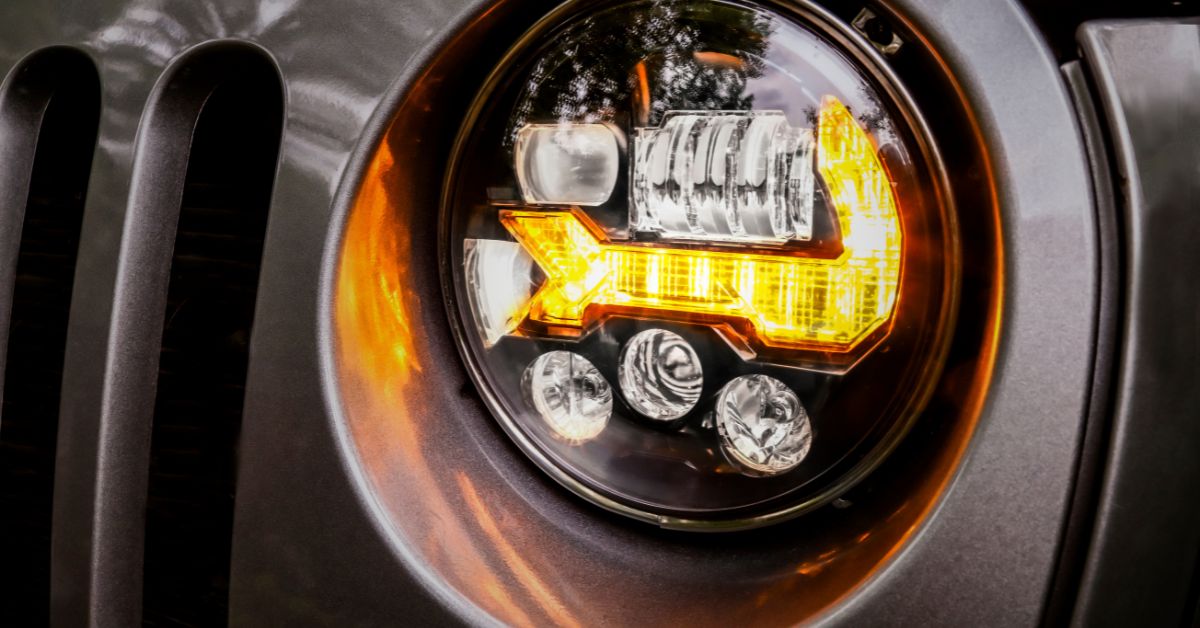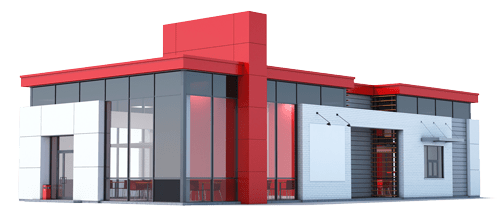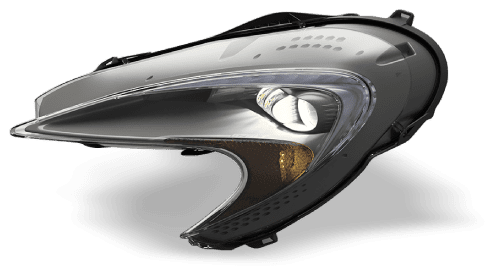
Why Automakers Are Integrating LED Lighting Into Designs

The automotive industry has undergone a significant transformation with the widespread adoption of LED lighting technology. What began as a premium feature in luxury vehicles has now become standard across most vehicle categories.
This shift represents more than just a trend—it’s a strategic response to consumer demands for better performance, enhanced safety, and improved aesthetics.
LED integration in automotive design addresses multiple challenges that traditional halogen and HID lighting systems could not solve effectively. Let’s examine why automakers are integrating LED lighting into designs so you can find exceptional applications for this technology today.
Building an Energy-Efficient Fleet
LED lighting systems consume significantly less power than traditional automotive lighting technologies. Where halogen bulbs typically require 55-65 watts per headlight, LED systems achieve equivalent or superior brightness using only 15-25 watts.
This reduction in power consumption directly impacts vehicle efficiency and battery performance.
The energy savings become particularly important in electric and hybrid vehicles, where every watt of power consumption affects driving range. LED headlights can extend electric vehicle range by reducing the electrical load on the battery system
Even in conventional gasoline vehicles, reduced electrical load means less strain on the alternator, potentially improving fuel economy.
Keeping Your Systems Cool
LED efficiency also reduces heat generation compared to halogen systems. Traditional bulbs convert approximately 80% to 90% of their energy into heat, with only the remaining energy producing useful light.
LEDs reverse this ratio, converting most energy into light while generating minimal heat. This characteristic reduces cooling requirements and prevents heat-related damage to surrounding components.
Efficiently Integrating Advanced Systems
The improved efficiency extends beyond the primary lighting elements.
LED systems allow for more sophisticated control circuits and adaptive lighting features without significantly increasing power consumption. Features like adaptive headlights, automatic high-beam switching, and dynamic turn signals become feasible without compromising overall vehicle efficiency.

Design Flexibility and Aesthetics
LEDs provide automotive designers with unprecedented creative freedom in shaping vehicle appearance and functionality.
The compact size and directional nature of LED elements enable lighting configurations impossible with traditional bulb systems. Designers can create thin, sleek headlight profiles that integrate seamlessly with modern vehicle aesthetics.
The ability to precisely control individual LED elements allows for dynamic lighting effects and customizable signatures.
Many vehicles now feature distinctive LED daytime running lights that serve as brand identification elements. These signature lighting patterns help establish visual identity while improving daytime visibility and safety.
Fine-Tuning Your LEDs
LED strips and matrices can be shaped to follow complex curves and angles in vehicle body panels. This flexibility enables designers to integrate lighting into areas previously unsuitable for traditional bulbs.
Taillights can wrap around rear sections, creating continuous light bands that emphasize vehicle width and enhance visual appeal.
Transforming Vehicle Designs
Advanced LED systems support sequential turn signals, adaptive lighting patterns, and welcome/farewell lighting sequences. These features add premium appeal while serving functional purposes.
Sequential turn signals provide clearer directional indication, while adaptive systems adjust beam patterns based on steering input and vehicle speed.
Improved Safety Features
Another significant reason automakers are integrating LED lighting into designs is the instant improvement to safety standards.
LED lighting systems deliver excellent safety improvements through faster response times and superior visibility characteristics. LEDs reach full brightness instantaneously, unlike halogen bulbs that require a warm-up time.
This immediate response provides following drivers with an earlier warning of braking or turning intentions.
The instant response time becomes critical in emergency braking situations. At highway speeds, this time difference translates to additional stopping distance for following vehicles, potentially preventing rear-end collisions.
Highlighting Hazards Ahead
LED headlights produce whiter light with better color rendering compared to halogen systems. This improved light quality enhances the driver’s ability to distinguish objects, road markings, and potential hazards.
The whiter light also reduces eye strain during extended driving periods, helping maintain driver alertness and concentration.
Adapting to Driving Conditions
Modern LED headlight systems incorporate adaptive beam patterns that adjust automatically based on driving conditions. These systems gradually dim portions of the high beam to avoid distracting oncoming drivers and maximize visibility.
This technology allows drivers to use high beams more frequently without compromising safety for other road users.
Maintaining Consistent Visibility
LED systems maintain consistent performance across temperature ranges and weather conditions. Unlike halogen bulbs that can fail suddenly due to filament breakage, LEDs typically degrade gradually and begin dimming, providing a warning before complete failure.
This characteristic reduces the risk of sudden lighting system failure during critical driving situations.
Making Your Lights Last Longer
LED lighting systems demonstrate exceptional durability and operational lifespan compared to traditional automotive lighting technologies.
Quality LED systems can operate for 25,000 to 50,000 hours, far exceeding the 1,000-hour typical lifespan of halogen bulbs. This extended service life reduces maintenance requirements and replacement costs over vehicle ownership periods.
Temperature stability represents another way in which LEDs extend the lifespan of your vehicle lights. As mentioned above, LEDs maintain consistent performance across wide temperature ranges without the thermal stress that affects halogen bulbs.
Cold weather that can cause traditional bulbs to fail has minimal impact on LED operation, ensuring reliable performance in harsh climates.

Cost Considerations
The extended service life of LEDs reduces replacement frequency and associated labor costs. Over typical vehicle ownership periods, LED systems often provide a lower total cost of ownership despite a higher upfront investment.
Reduced power consumption translates to fuel savings in conventional vehicles and extended range in electric vehicles.
Cars can benefit from this technology but so can trucks. Choose truck LED lights that make commercial vehicles better equipped to handle any road conditions.
While individual savings may seem modest, the cumulative effect over years of vehicle operation can offset much of the initial cost premium. Fleet operators particularly benefit from these operational savings across multiple vehicles.
Adding Value With Advanced Features
Advanced LED systems with adaptive features and sophisticated controls may command premium pricing, but they often provide value through improved safety, enhanced functionality, and increased vehicle resale value. Consumers increasingly view LED lighting as a standard feature, making vehicles without LED systems less competitive in resale markets.
Start Integrating LEDs Now
The widespread adoption of LED technology in automotive lighting is more than a trend—it is a testament to its superior performance, sustainability, and safety benefits.
For automakers, incorporating LEDs is not just about meeting modern design standards but also delivering a better driving experience. Whether you are a manufacturer seeking cutting-edge solutions or a consumer prioritizing efficiency and safety, LED lighting is the clear choice.
Explore the potential of this revolutionary technology today and take the next step toward a brighter, more efficient future in automotive design.


